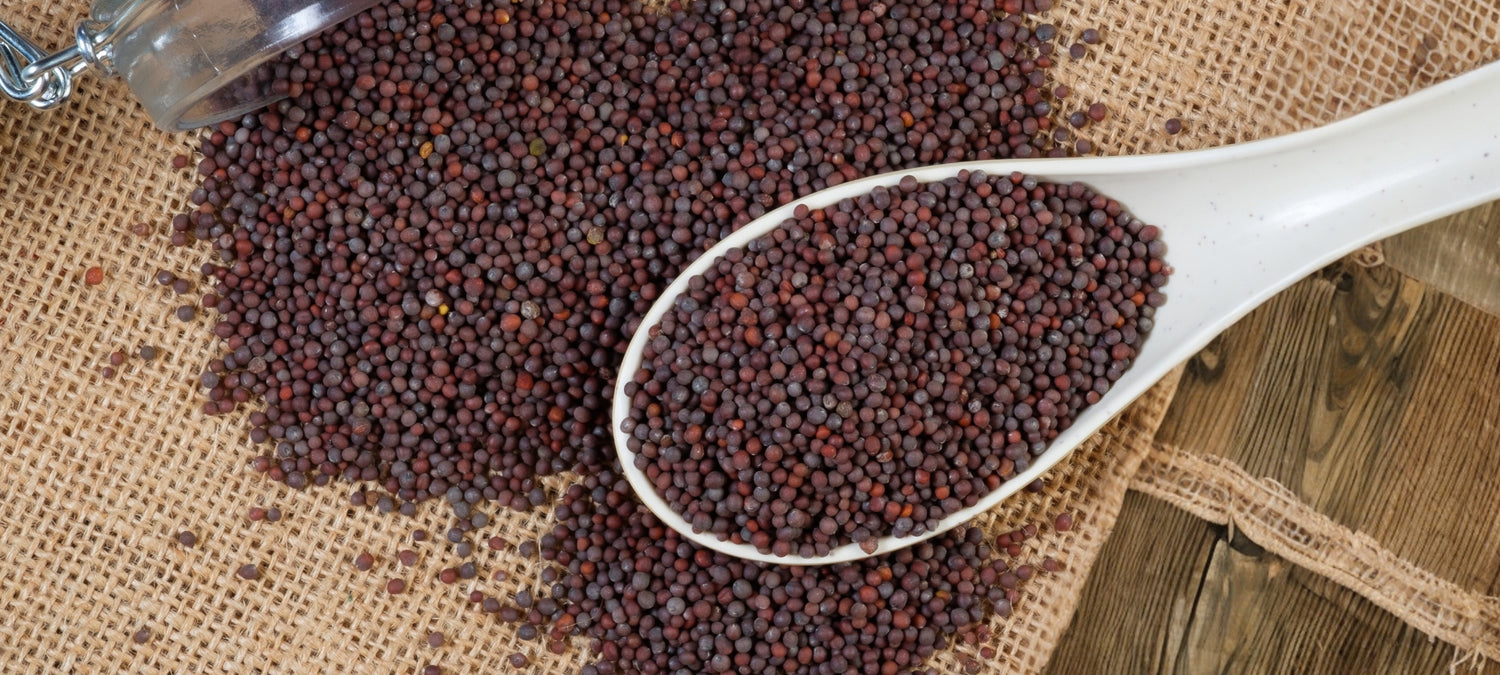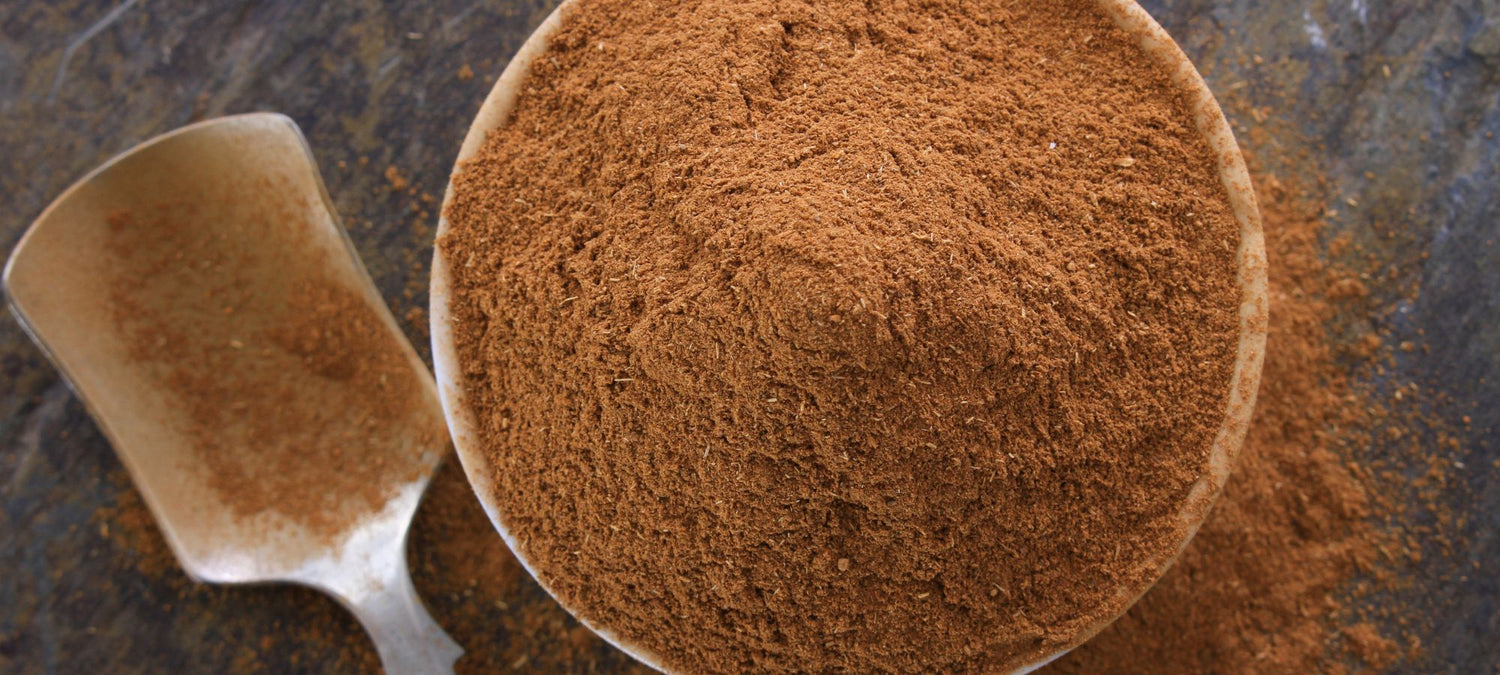Nestled in the heart of Fruita, Colorado, lies I·M·POSSIBLE Farm, a beacon of innovation and sustainability in the realm of regenerative herb farming. At the core of our ethos is a deep-rooted commitment to nurturing the land, preserving the natural balance, and fostering a symbiotic relationship with nature. As a prominent regenerative farm in Colorado, we prioritize practices that not only yield high-quality herbs but also contribute positively to the environmental health and ecological diversity of our surroundings.
Our approach to farming transcends conventional methods. By embracing the principles of Korean Natural Farming (KNF) and integrating advanced composting techniques, we ensure that every aspect of our operations aligns with the philosophy of regeneration and sustainability. This dedication has positioned I·M·POSSIBLE Farm as a leader in the "regenerative farm Colorado" movement, setting a standard for agricultural practices that both respect and enhance the natural world.
In this blog post, we'll delve into the various regenerative farming programs that define our unique approach at I·M·POSSIBLE Farm. From our innovative use of cardboard poultry bedding for our ducks, geese, and chickens, to the transformation of this bedding into nutrient-rich soil; from the vital role our poultry plays in compost turning and field foraging, to our adherence to KNF principles for soil microbiology enhancement - each element of our farm's ecosystem is a testament to our commitment to regenerative herb farming. Join us as we explore the intricate tapestry of sustainable practices that make I·M·POSSIBLE Farm a model for regenerative agriculture in Colorado.
Natural Composting Techniques in Regenerative Agriculture
At I·M·POSSIBLE Farm, our approach to composting is as much an art as it is a science, playing a pivotal role in our regenerative agriculture practices. Composting, at its heart, is about transforming organic waste into a rich, life-giving substance that replenishes and revitalizes the soil. Our methods are carefully designed to not only dispose of waste responsibly but to actively enhance the health and fertility of our land.
1. The Composting Process
Our composting process begins with the collection of organic waste from various sources around the farm. This includes vegetable scraps, leaves, and most importantly, the bedding from our poultry houses. We adopt a layered approach to composting, where these materials are systematically arranged in heaps. Over time, these heaps undergo a natural breakdown process, thanks to the activity of microorganisms. The result is a nutrient-rich compost that acts as a natural fertilizer for our herb gardens.
2. Poultry Bedding as a Composting Material
A unique aspect of our composting practice is the use of cardboard poultry bedding. After serving its primary purpose in the poultry houses, this bedding is rich in organic matter, including droppings and feathers, making it an excellent material for composting. The bedding adds a significant amount of carbon and nitrogen, the crucial elements for compost, enhancing its quality and fertility.
The incorporation of poultry bedding into our compost heaps does more than just recycle waste; it sparks a transformation process. As the bedding decomposes, it generates heat, which is essential for breaking down tougher organic materials and killing off any pathogens. This heat also accelerates the composting process, ensuring that the end product is ready for use in a shorter time.
3. Impact on Soil Health
The use of this compost has a profound impact on the health of our soil. It improves soil structure, making it more porous and better at retaining moisture. This is especially beneficial in Colorado's climate, where water conservation is key. The compost also introduces beneficial microorganisms and nutrients back into the soil, promoting healthier plant growth and greater yields.
By employing these natural composting techniques, I·M·POSSIBLE Farm not only closes the loop on our organic waste but also ensures that our farming practices contribute positively to the ecosystem. This approach underlines our commitment to regenerative agriculture, where every element of our farm works in harmony to create a sustainable, productive, and environmentally friendly operation.
Integrating Livestock in Regenerative Farming
At I·M·POSSIBLE Farm, our regenerative farming practices are significantly enhanced by the integral role played by our livestock. Ducks, geese, and chickens are not just residents on our farm; they are active participants in our agricultural ecosystem, contributing to both pest control and soil fertility.
1. The Role of Ducks, Geese, and Chickens in Regenerative Practices
Each species of our poultry plays a unique role in our regenerative farming system. Our ducks, known for their affinity for water, thrive in wetter areas of the farm, helping manage pests in these environments. Geese, with their voracious appetite for weeds, naturally maintain our fields, reducing the need for manual weeding or herbicides. Chickens, on the other hand, are our soil cultivators. Their natural behavior of scratching and pecking at the ground helps aerate the soil, an essential process for healthy soil structure.
2. Contribution to Pest Control
One of the primary contributions of our poultry to the farm ecosystem is natural pest control. The geese and chickens, in particular, feed on a variety of insects and larvae, effectively reducing the population of pests that could harm our crops. This biological pest control method aligns perfectly with our commitment to natural farming practices, reducing our reliance on chemical pesticides. By allowing our poultry to forage in the fields, they naturally keep the pest population in check, maintaining a balanced ecosystem.
3. Enhancing Soil Fertility
Another significant benefit of integrating livestock into our farming practices is the enhancement of soil fertility. As our poultry forages across the farm, they deposit manure, which is an excellent natural fertilizer. This manure is rich in nitrogen, phosphorus, and potassium – essential nutrients that plants need for growth. The continuous cycle of foraging and manuring not only ensures a constant supply of these nutrients but also contributes to the overall health of the soil microbiome.
The integration of ducks, geese, and chickens into our regenerative farming practices at I·M·POSSIBLE Farm is a testament to the symbiotic relationship between livestock and agriculture. By harnessing the natural behaviors and benefits of our poultry, we are able to cultivate a more resilient, productive, and sustainable farming system. This approach not only benefits the farm but also contributes to a healthier environment, showcasing the potential of integrated livestock management in regenerative agriculture.
KNF Farming Principles in Colorado at I·M·POSSIBLE Farm
At I·M·POSSIBLE Farm, situated amidst the diverse climatic conditions of Colorado, we've wholeheartedly adopted Korean Natural Farming (KNF) principles. These practices are not just applied, but thoughtfully adapted to resonate with the unique environmental aspects of our region. To explore the depth of our KNF practices, visit our page on Ancient Wisdom - KNF.
1. Specific Examples of KNF Principles in Action
A cornerstone of our KNF practice is the development and utilization of Indigenous Microorganism (IMO) solutions, curated from our local environment. This technique results in a concoction brimming with beneficial microbes, tailor-made for Colorado's unique ecosystem. These solutions significantly enhance the microbial diversity in our soil, vital for robust plant growth. Learn more about our innovative practices on our See the Science page.
Additionally, we implement the use of Fermented Plant Juices (FPJ) and Fermented Fruit Juices (FFJ), crafted from local flora like comfrey and nettles, and typical regional fruits. These organic fertilizers are instrumental in supplying essential nutrients, fostering vigorous and healthy plant growth.
2. Adaptability of KNF Practices in the Colorado Climate
The Colorado climate poses distinct challenges, which our KNF methodologies adeptly address. We modify our IMO and FPJ applications based on seasonal climatic variations, ensuring maximum efficacy in microbial activity and plant health.
During Colorado's dry summers, our focus pivots to preserving soil moisture and safeguarding microbial life. Techniques such as mulching with IMO-treated materials and applying nutrient-rich solutions are pivotal in this period. As the climate cools, our strategy shifts towards preparing the soil for the upcoming growing season, with emphasis on enriching the soil's nutrient profile and microbial diversity to bolster plant resistance to colder temperatures.
The success of our regenerative farming at I·M·POSSIBLE Farm is significantly attributed to the adaptability of KNF practices within the Colorado climate. This alignment with our local environmental rhythm not only optimizes our farming operations but also makes a meaningful contribution to sustainable agriculture in Colorado. For a detailed comparison of our methods against conventional industrial practices, visit our Industrial Herb Suppliers vs. Sacred Plant Co page. Our holistic approach emphasizes our dedication to nurturing the land and producing high-quality, sustainably grown herbs.
Zero-Tillage Practices in Sustainable Farming
At I·M·POSSIBLE Farm, we are dedicated to maintaining and enhancing the health of our soil, and one of the key practices we employ to achieve this is zero-tillage farming. This approach plays a crucial role in preserving soil structure and promoting long-term soil health, which in turn positively impacts crop yield.
1. Preserving Soil Structure with Zero-Tillage
Traditional tillage practices involve turning over the soil, which, while initially beneficial for aerating the soil and preparing seedbeds, can have detrimental long-term effects. In contrast, zero-tillage farming means the soil is left undisturbed, which preserves its natural structure. This is vital for several reasons:
- It maintains the integrity of the soil, keeping the layers of topsoil intact and preventing erosion.
- Soil organisms such as earthworms and beneficial microbes thrive in undisturbed soil, contributing to nutrient cycling and soil fertility.
- Zero-tillage helps in retaining soil moisture, a significant benefit, especially in the arid climate of Colorado.
2. Long-Term Benefits on Soil Health and Crop Yield
The long-term benefits of zero-tillage are substantial, both for soil health and crop productivity:
- Improved Soil Health: By avoiding disruption of the soil structure, zero-tillage enhances the organic matter content of the soil. This leads to increased fertility and better soil health, as organic matter is crucial for holding nutrients and water in the soil.
- Increased Water Infiltration: Zero-tillage practices improve the soil's ability to absorb and hold water. This is particularly beneficial in drought-prone areas, as it reduces the need for irrigation and makes the farm more resilient to water scarcity.
- Reduced Erosion: With the soil structure intact, the land is less susceptible to erosion by wind and water, preserving the topsoil, which is essential for plant growth.
- Enhanced Crop Yield: Over time, the improved soil health and structure lead to healthier, more robust plants. This translates to increased crop yields and better-quality produce, as plants are able to access the nutrients and water they need more efficiently.
By adopting zero-tillage practices, I·M·POSSIBLE Farm not only safeguards the health of our soil but also ensures that our farming methods are sustainable and beneficial in the long term. This approach is a testament to our commitment to regenerative agriculture, where the health of the soil is paramount in producing high-quality, sustainable crops.
Enhancing Soil Fertility in Regenerative Agriculture at I·M·POSSIBLE Farm
At I·M·POSSIBLE Farm, enhancing soil fertility is not just a task, but a continuous commitment. We implement a variety of strategies in unison to create a fertile and sustainable ecosystem, crucial for our regenerative agricultural practices.
1. Strategies to Improve Soil Fertility
Our approach to improving soil fertility is multifaceted. It involves carefully planned crop rotations to ensure that different plant species contribute various nutrients back to the soil, preventing nutrient depletion. We also practice cover cropping, which involves growing specific plants not for harvest, but to improve soil health. These cover crops add organic matter to the soil, fix nitrogen, and prevent erosion.
Another key strategy is the application of green manures – plants that are grown and then incorporated into the soil while still green. This practice adds vital organic matter and nutrients, further enriching the soil.
2. The Role of Compost in Soil Fertility
Compost plays a pivotal role in our soil fertility enhancement strategy. Our compost, enriched with poultry bedding and other organic waste, is a powerhouse of nutrients. It improves the soil structure, increases its water-holding capacity, and introduces beneficial microorganisms. This organic matter not only feeds the soil but also helps in binding the soil particles, improving aeration and facilitating root growth.
3. Incorporating KNF Techniques
Korean Natural Farming (KNF) techniques significantly contribute to our soil fertility management. By using Indigenous Microorganism (IMO) solutions and various fermented plant and fruit juices, we increase the biological activity in our soil. This not only provides the plants with readily available nutrients but also enhances the overall soil health by promoting a diverse microbial ecosystem.
4. Livestock’s Contribution to a Fertile Ecosystem
Our livestock, especially ducks, geese, and chickens, play a crucial role in maintaining soil fertility. As they forage, they naturally aerate the soil and contribute to its fertility through their manure. This process of integrating livestock into crop areas ensures a continuous cycle of nutrient replenishment, aiding in the development of a rich, sustainable soil environment.
At I·M·POSSIBLE Farm, the synergy between these various methods creates a robust and fertile soil foundation. By focusing on enhancing soil fertility through compost, KNF practices, and the integration of livestock, we are not just growing plants; we are cultivating a living, thriving soil ecosystem. This approach underscores our dedication to regenerative agriculture, ensuring the sustainability and productivity of our farm for years to come.
As we reflect on the journey and practices at I·M·POSSIBLE Farm, it's clear that our commitment to regenerative agriculture is not just a choice, but a way of life. From our innovative composting methods, detailed in Revolutionize Your Composting with LABS, to the integration of livestock in farming, each aspect of our operation is a testament to sustainable living.
We've embraced Korean Natural Farming (KNF) principles, adapting them to the unique Colorado climate, as elaborated in Embracing the Future of Agriculture: The Power of KNF in Regenerative Farming. This, coupled with our zero-tillage practices and the meticulous integration of livestock, forms the crux of our approach to enhancing soil fertility, highlighted in Comparing KNF with Other Regenerative Farming Techniques.
At I·M·POSSIBLE Farm, we believe in the power of regenerative agriculture not just to sustain, but to revitalize our land and community. Our practices, as showcased in Embracing Sustainability: Innovative Practices at I·M·POSSIBLE Farm, reflect our dedication to this cause.
We invite you, our readers, to delve deeper into the world of sustainable farming. Whether it's through exploring our guides, engaging with our community, or visiting I·M·POSSIBLE Farm in person, we encourage you to learn more and become a part of this vital movement towards a healthier, more sustainable future for our planet.



